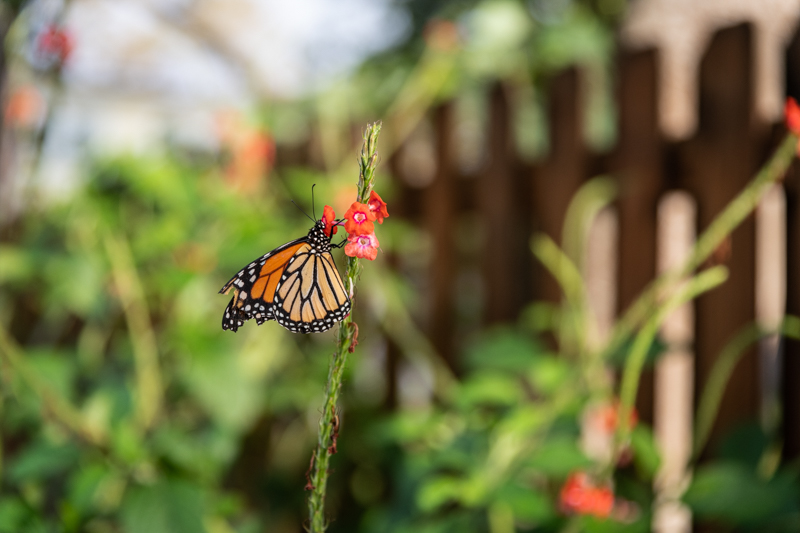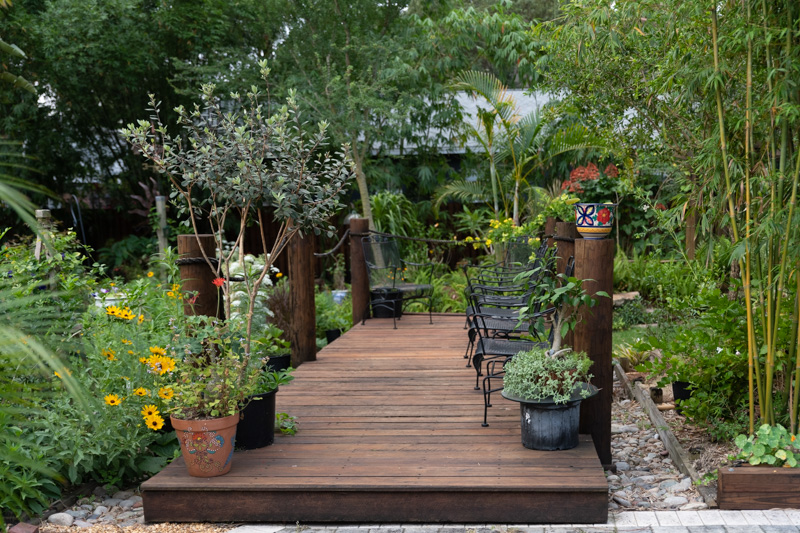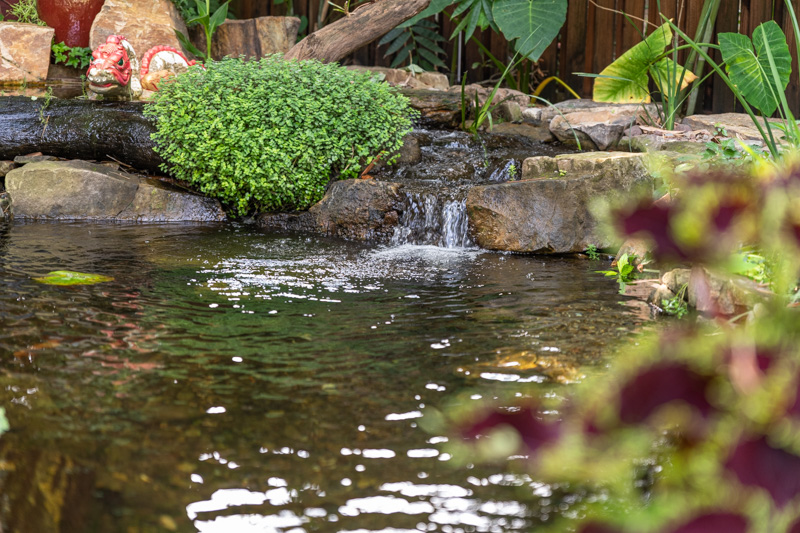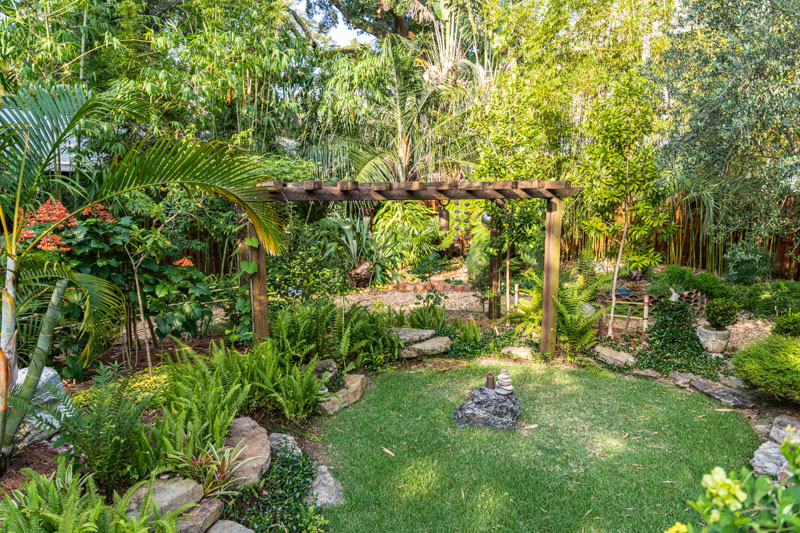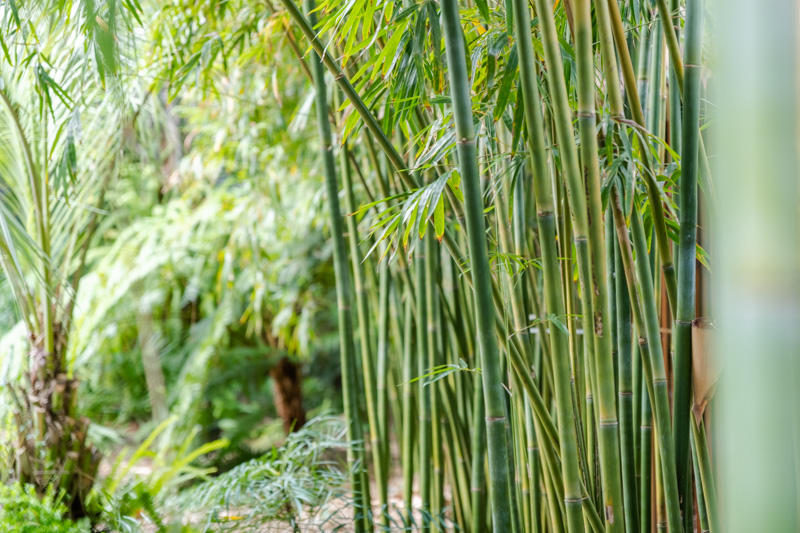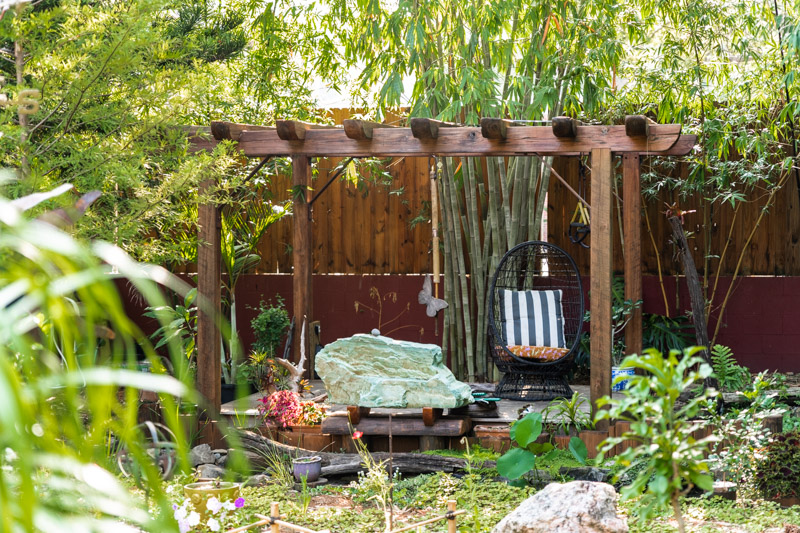As we embarked on our garden project, we were just like any other nature lover, drawn to the enchanting beauty of butterflies. However, we had no inkling that we could transform our garden into a sanctuary where butterflies would make their homes and return time and time again. We had heard some neighborhood chatter about trapping, marking and releasing butterflies but that sounded like too much trouble and seemed harsh so we decided against pursuing it.
As we tended to our burgeoning gardens, we noticed the wild milkweed flourishing in various spots and decided to let it thrive. We then took a trip to a local nursery where we discovered two extraordinary plants that would serve as the cornerstone of our butterfly haven. These plants were the whimsically-named “Dutch’s Pipe” vine (Aristolochia macrophylla) and the intriguingly-titled “Hairy Balls” milkweed (Gomphocarpus physocarpus).
We were initially drawn to these plants due to their unique aesthetics, as our gardens were designed to be fanciful and unconventional. Little did we know that each of these plants served as a favored “host plant” for two particular species of butterfly, namely the Monarch and the Pipevine Swallowtail. These plants provide the perfect environment for these butterflies to lay their eggs, and the resulting caterpillars feast on the leaves as their sole source of sustenance.
To our absolute delight, we observed more and more butterflies fluttering around our gardens as the vine and milkweed grew abundantly in the sub-tropical climate of Orlando. This sparked a newfound passion within us to transform our humble abode into a veritable butterfly paradise, replete with a diverse array of plants that would attract and sustain a plethora of butterfly species.
